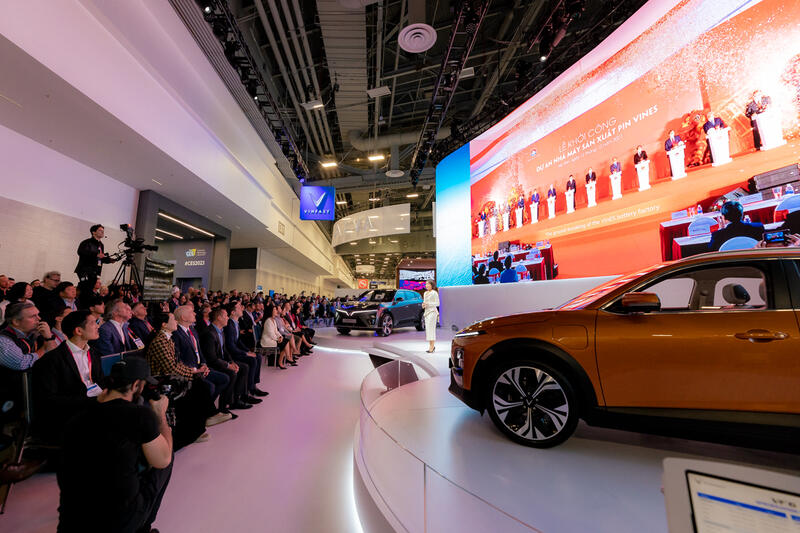European car executives see massive reductions in production capacities and eventually loss in car sales and even a collapse of the European auto industry from the onslaught of Chinese car brands. This is especially true with the influx of electric vehicles.
In separate interviews that appeared in Automobilwoche, Stellantis CEO Carlos Tavares and Forvia CEO Patrick Koller told motoring expert Michael Knauer at CES 2023 in Las Vegas, that Chinese car companies are aggressively expanding in Europe with competitively priced and feature-packed vehicles taking advantage of trade policies.
Mainly caused by political reasons as well as Europe’s policies on open markets, the predicted imbalance centers around pricing and capacities. Vehicles built in the EU cost about 40 percent than vehicles made in China and Europe’s emissions regulations also add to cost.
EU carmakers are treading a thin line because a trade policy setting limits on trade with China may affect European car makers activities in China where there are brands like BMW and Volkswagen have major interests in companies like SAIC Motor Corp.
“The price difference between European and Chinese vehicles is significant. If nothing is changed in the current situation, European customers from the middle class will increasingly turn to Chinese models. The purchasing power of many people in Europe is decreasing noticeably,” Tavares told Automobilwoche. “I think we’ve seen this movie before. It’s a very bleak scenario. But it doesn’t have to go that way.”
Chinese car brands now present in Europe include BYD, Chery, Geely, Great Wall Motors, MG, and Nio, Weltmeister. There is also the presence of Vinfast vehicles which has a far greater incentive than just price–a battery subscription model–that further cuts both retail price and vehicle maintenance. Vinfast already opened stores in Cologne, Germany and Paris, France and its battery subscription fee for the VF 8 is only 120 euros/month, and for the VF 9 is 150 euros/month. The program effectively cuts the cost of the battery from the vehicle and likewise its maintenance throughout its warrantied life.
Forvia is the world’s seventh largest automotive supplier with a combined portfolio of Faurecia and Hella technologies with expertise in vehicle electrification, automated driving, and personalized cockpits. Stellantis is the fifth leading global automaker and distributor of brands including Alfa Romeo, Chrysler, Citroí«n, Dodge, Fiat, Jeep, Lancia, Maserati, Opel, Peugeot, and Vauxhall.
“Ultimately, this challenge is akin to squaring the circle. In the current context, if nothing is done in the European Union, there will be a terrible fight,” Tavares said.
Reuters reported that Chinese automakers strategy is to target Europe with luxury EV with 5-star safety ratings, lower costs and high-tech features. Already by the end of 2022, 10 percent of new EV sales in the region are Chinese brand cars. Global new light vehicle sales will reach nearly 83.6 million units in 2023, a 5.6 percent increase year-over-year, according to a new forecast by S&P Global Mobility.
“For Europe, the evolving electrification transition adds further uncertainty, especially for vehicle prices, model availability, wait-and-see customers, and lurking Chinese OEMs,” Colin Couchman, executive director, global light vehicle forecasting at S&P Global Mobility commented.
“If you keep the European market open, then we have no choice: we have to fight the Chinese directly. And that applies to the entire automotive value chain,” Tavares said as he explained that production may need to be relocated to more favorable locations, because maintaining factories in Europe will require “a different trade policy.”





